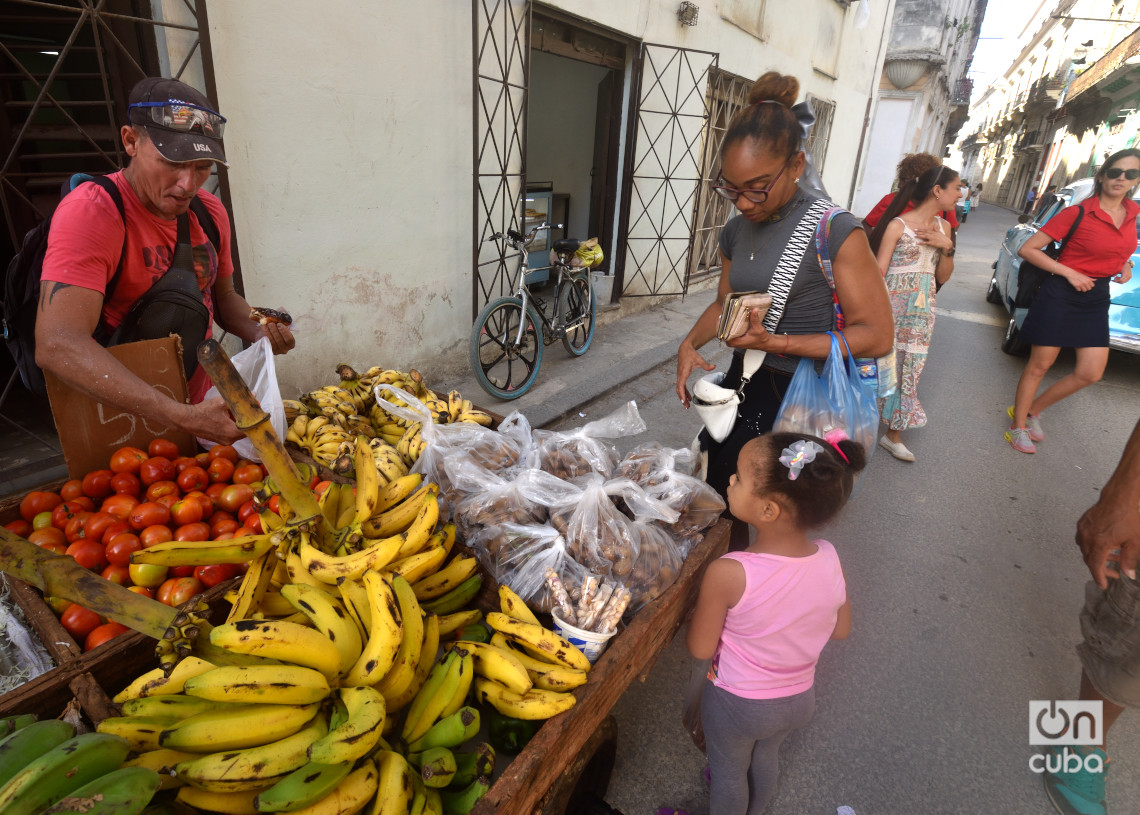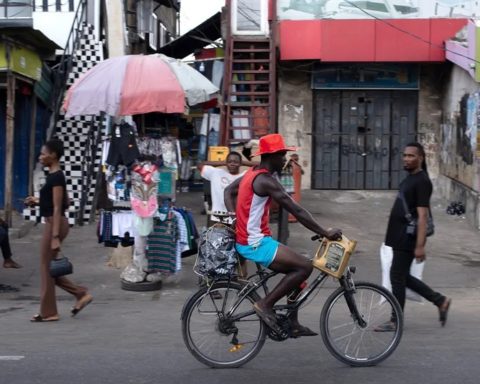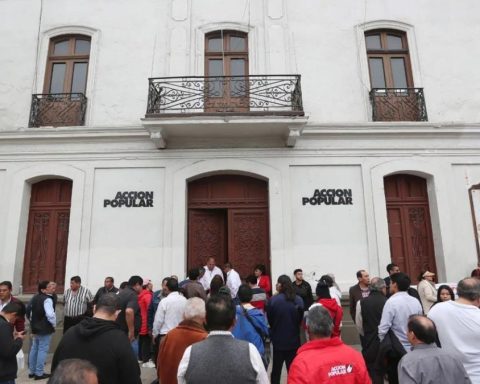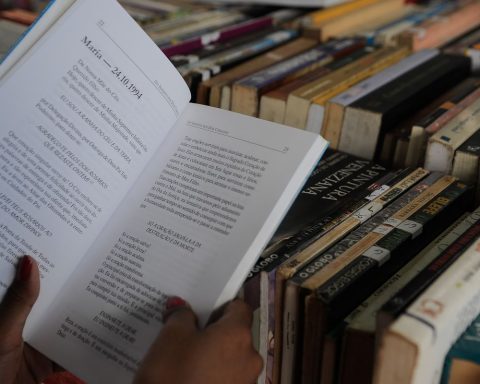The year -on -year inflation From the formal Cuban market, the lowest value in years, and for the seventh consecutive month in which it is below 30 %, according to the most recent report of the National Office of Statistics and Information (ONEI) cited by EFE.
The data maintains the downward trend in the increase in prices in recent months, according to official figuresalthough the rates remain at levels that, according to experts, impact the economy as a whole, and in particular families, workers and retirees.
For the economist Pedro Monreal, “the level of year -on measurement continues to moderate”, although “it remains at a high level”although “during the last 12 months in each month the level has been less than the previous month.”
Monreal, who also analyzes the data of Monthly inflation points out that it is “the first time in 6 months that the increase is not greater than that of the preceding month”, being 1.22% in March. The data represents a slight decline compared to 2.75 % recorded the previous month, points out EFE.
Despite this reduction, Inflation has tripled prices on the island since 2020according to official statistics. The consumer price index (CPI) closed 2021 above 77 %, while in 2022 it stood at 39.07 %; in 2023, in 31.34 %, and in 2024, in 24.88 %.
Monreal has also said that “enough food supply data is not known to explain a price moderation, but on the side of demand the effect‛ moderator ‘of mass poverty related to brutal compression of work remuneration seems to be working ”.
Social perception on the island is that inflation is far superior to official figureswhere it is difficult to include in a representative way the behavior of prices in the extensive and unregulated black market of the country, more assorted and dynamic than the officer, points the Spanish agency.
The Onei recalled that Cubans spend more than 90 % of their income in the articles of the basic basket of goods and services, which makes their price index.
By categories, the largest year -on -year increase occurred in alcoholic beverages and tobacco (177.33 %), followed by restaurants and hotels (27.25 %), various goods and services (20.07 %), non -alcoholic foods and drinks (19.42 %) and furniture and household items (13.53 %).
All divisions experienced interannual increases above 10 %except for recreation and culture (8.73 %), transport (9.48 %), health (0.76 %) and communications (0.61 %). In the last two cases, these are state monopolies.
1/8 Inflation grew 1.22% in March 2025, the first time in 6 months that the increase is not greater than that of the preceding month. This monthly rate of 1.22% is equivalent to an annualized rate of 16%, a very high level that indicates a state of macroeconomic imbalance pic.twitter.com/cgxh7uribq
– Pedro Monreal (@pmmonreal) April 18, 2025
Cuba has mired in a serious economic and energy crisis for more than four years, evident in the shortage of elementary products, a galloping inflation, a growing dollarization and prolonged daily blackouts.
The combination of the Covid-19 pandemic, the hardening of US sanctions from the first administration of Donald Trump (2017-2021) and the failed national economic and monetary policies have aggravated the structural problems of the Cuban economy.


















